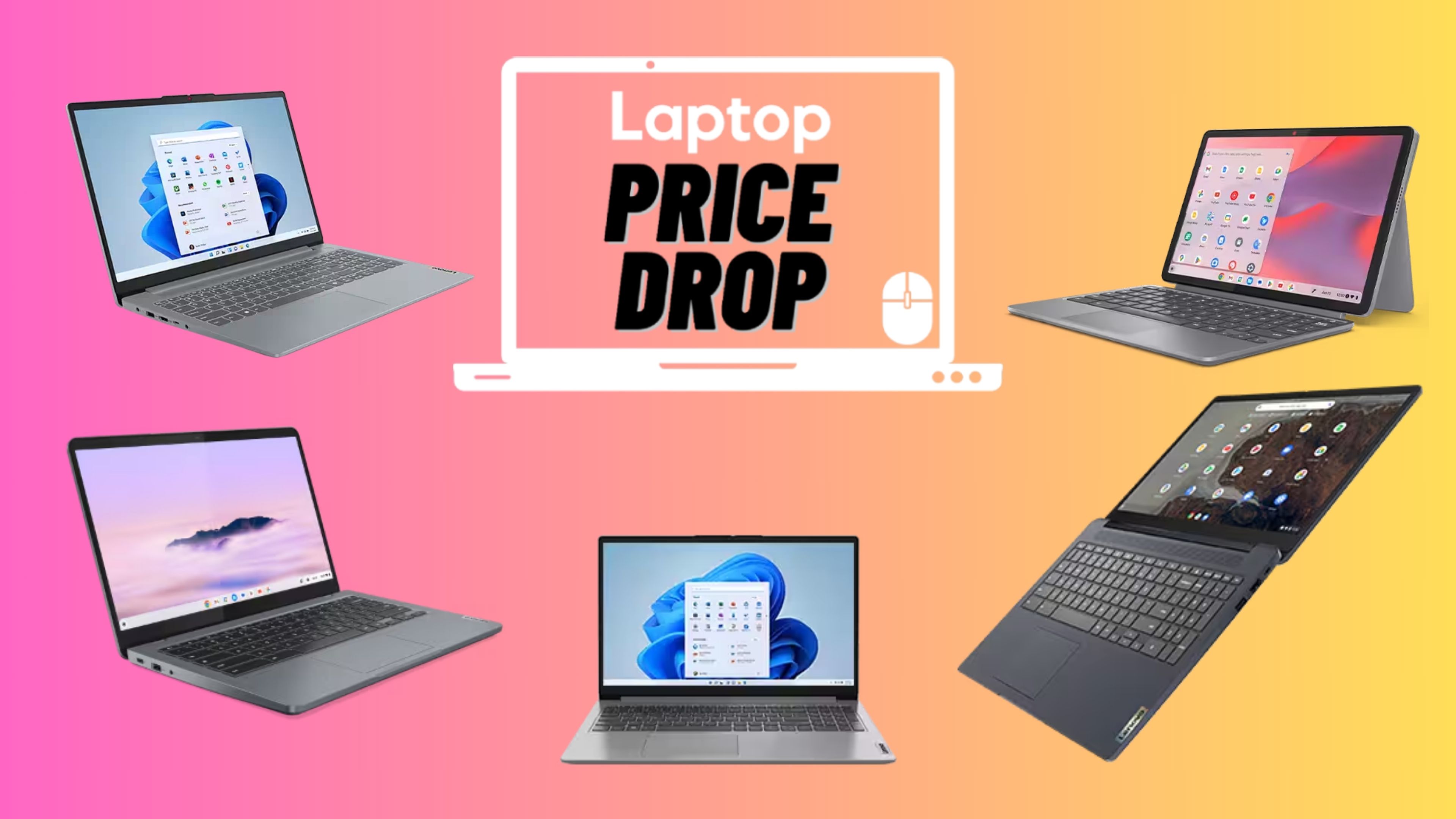iOS 8: Top 12 New Features
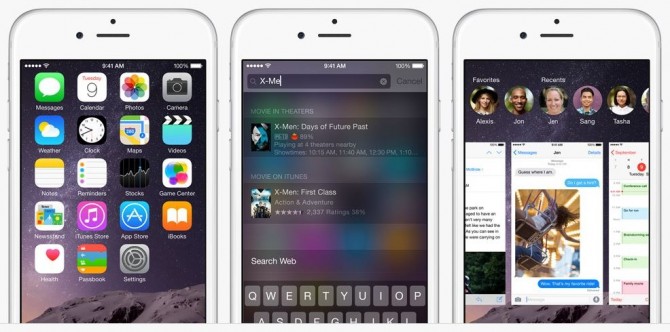
When Tim Cook called iOS 8 a giant release, he wasn't kidding. The newest version of Apple's mobile operating system, available now, features a number of improvements to notifications, the TouchID sensor, as well as ways to integrate health information and smart home gadgets. Did we mention third-party keyboards? Here's a quick rundown of the ten most interesting new features of iOS 8.
MORE: 25 Best iOS 7 Apps
1. Notifications are easier to access
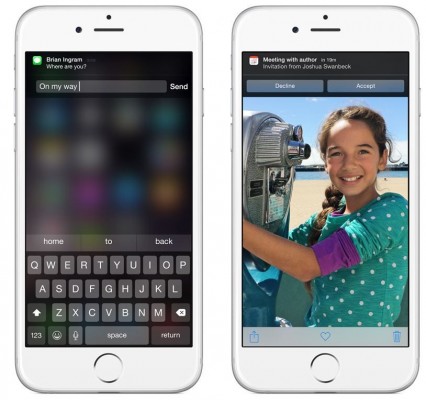
Building on iOS 7's flat interface, iOS 8 lets you do more with the simple double-tap. Now, instead of just showing all your open apps, it also shows thumbnail images of the people with whom you communicate frequently. From here, you can tap on a thumbnail to call, message, or email that person.
It's now easier to respond to notifications. If you get a text message, for example, it will appear on the top of the screen as before, but instead of having to open the messaging app, you can reply right from the home screen. This feature also works for Calendar notifications, as well as third-party apps such as Facebook. Don't want to respond? You can swipe to ignore a message, or decline a meeting invite. You can also set this feature up to work from the lock screen, which will shave a few seconds off your response time.
Additionally, third-party developers will be able to create widgets that will appear in the notifications drawer. For example, an ESPN SportsCenter widget will show scores from your favorite teams. An eBay widget will let you monitor and even raise your bids.
2. Siri is more responsive
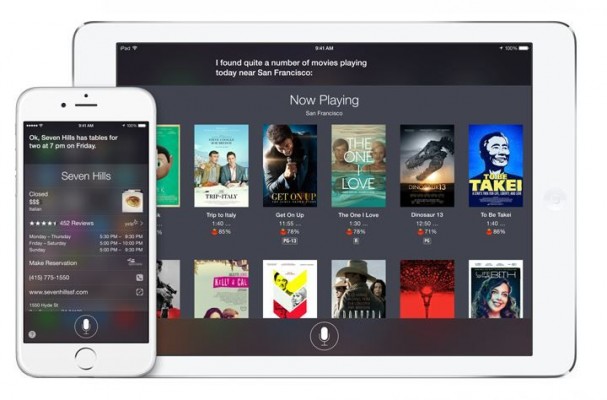
Siri is becoming a lot more car-friendly, as it will support better hands-free use. You can now just say "Hey Siri" to start the assistant. Further, Siri will work with Shazam to recognize songs, and let you purchase tracks using just your voice.
3. TouchID for all
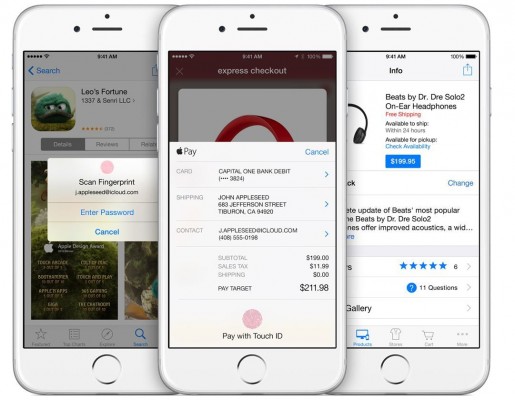
Third-party apps will now be able to use TouchID. However, as before, the fingerprint data will remain only on the iOS device. This should make it allot easier to log into Facebook and Twitter, as well as make mobile payments.
Stay in the know with Laptop Mag
Get our in-depth reviews, helpful tips, great deals, and the biggest news stories delivered to your inbox.
4. Mail navigation with a simple swipe
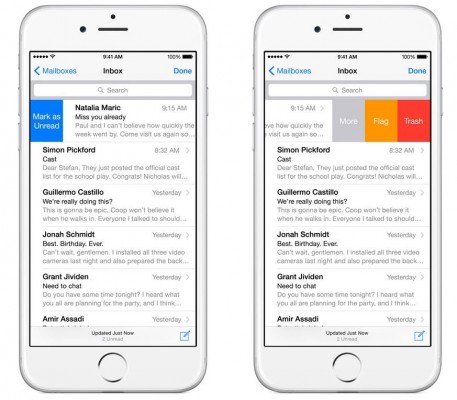
A few tweaks to the Mail app make it easier to flag and delete messages with a swipe. When composing emails, you can swipe down on a draft to minimize it and access other emails in your inbox. Then, tap on the bottom of the screen to reopen your draft. Other neat tricks include the ability to add calendar events right from email, such as OpenTable invites.
5. Spotlight finds more
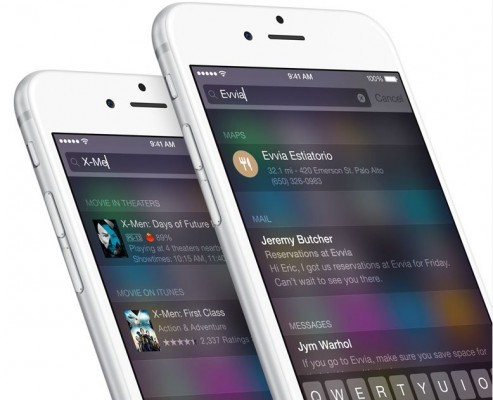
Similar to as in OS X Yosemite, Spotlight in iOS 8 gains a few new tricks. Now you will be able to search for apps -- not just on your device, but ones that you might want to download -- as well as geographic points of interest, news and restaurants. You can also search for songs, and Spotlight will show results from your library as well as ones in iTunes. If you search for a movie, Spotlight will bring up local theater listings, as well as content available for streaming.
6. Keyboard gets smarter -- at last
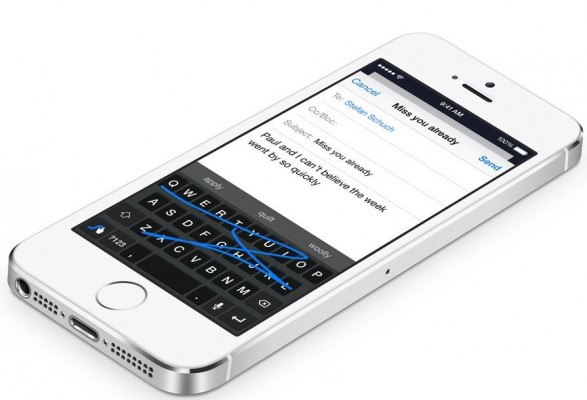
Finally, predictive typing has come to iOS. Apple's QuickType, as it's called, will now suggest words and phrases based not just on who you're writing to, but also in what app you're writing. Otherwise, the keyboard looks the same as before -- with still no dedicated number row above the keyboard.
However, Apple now supports third-party keyboards, such as Swype, which will no doubt please many power users.
7. Photos and camera get more advanced
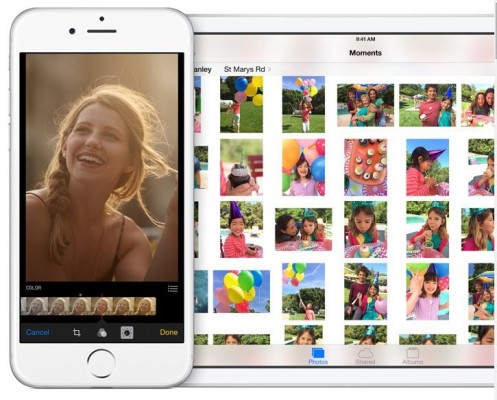
iOS 8 provides a new application for managing photos. Whenever a photo is taken on the iPhone, the Photos App automatically straightens it. The app also provides smart editing tools that can adjust light and color with just a swipe. Photos will also have individual tools available for fine-tuning images. These will include adjusting exposure, brightness, contrast, highlights, shadows and more. The Photos framework will be available for third party developers to build upon. iOS 8 also allows camera apps more control of the phone's shooter, including manual adjustment of focus, shutter speed and ISO (light sensitivity).
8. Healthkit unifies medical data
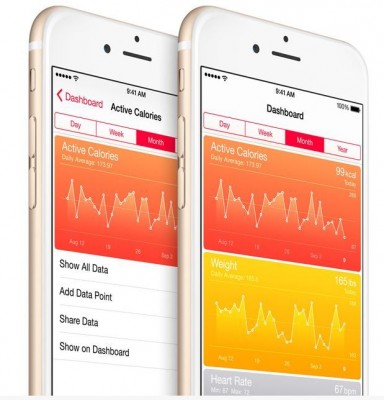
While there are dozens of different health and fitness apps, there's no way to aggregate all the info from these different features. Similar to Passbook, Healthkit will let you combine that info in a centralized place. At the announcement, Apple didn't specify which third-party apps would integrate with Healthkit, but the leading apps-such as Fitbit and Nike+ were shown on screen.
The second part of Healthkit is the ability for users to share information that it collects with their doctors. So, for example, when a patient takes his or her blood pressure reading, Healthkit can see if the blood pressure is in the right range. If not, the app can contact the hospital and doctor. Partners announced are the Mayo Clinic and Epic Systems, a technology provider for a number of hospitals across the country.
9. HomeKit provides smart home master control
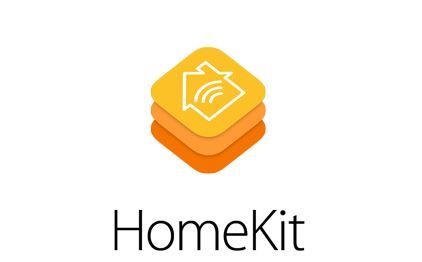
Much like health and fitness apps, there are a multitude of smart home devices that don't talk to each other. Apple's HomeKit establishes a common network protocol, so users will be able to control all their devices without having to open a number of different apps. HomeKit will let you group devices into individual "scenes," and control devices using Siri. So, for example, you can say "Get ready for bed" and your garage door will close, the lights will turn off, and the thermostat will change temperature.
While no partners were officially announced, Apple said it was working with a number of companies including iDevices, iHome, Philips and Honeywell.
10. Messages gets group functions
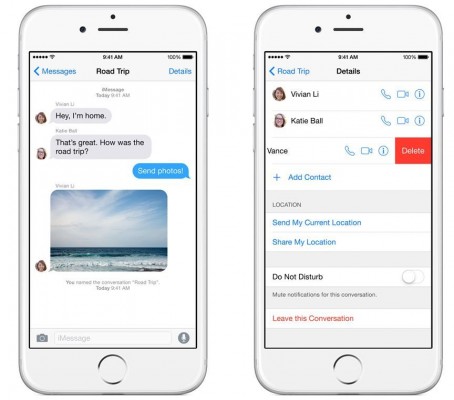
Users will now have added control over group messages. You can name your threads, add or remove people, and set Do Not Disturb for individual message threads. Additionally, you will be able to share location information, as well as photos shared within the thread.
11. Continuity bridges Macs and mobiles
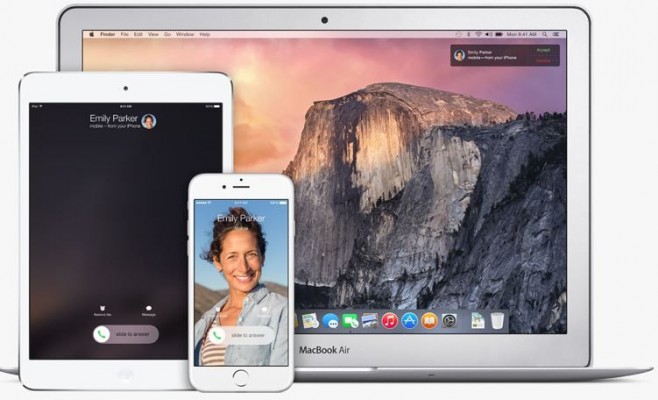
The Continuity feature between iOS 8 and OS X Yosemite syncs the two together. The Handoff function lets Apple users perform an action on one device and transfer it to another when needed. For example, you can start writing an email on your iPhone and finish composing it on your Mac. Mac users will be able to send SMS messages via their computer, as well as make calls and use the Mac as a speakerphone. All iPhone updates will be streamlined to the Mac. You can look forward to this feature when OS X Yosemite hits later in the year.
12. Family Sharing lets you spread media around
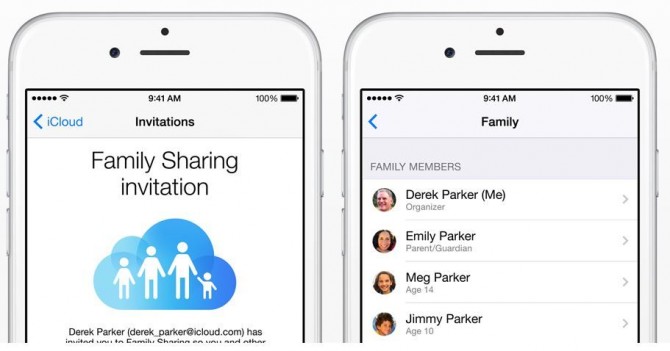
In addition to being able to share photos and calendar entries, family members will also be able to share iTunes and App Store purchases with up to six people, provided all the purchases were made using the same credit card. Many parents will also appreciate a new feature that will notify them any time one of their kids tries to buy something online. No more surprise credit card bills.
